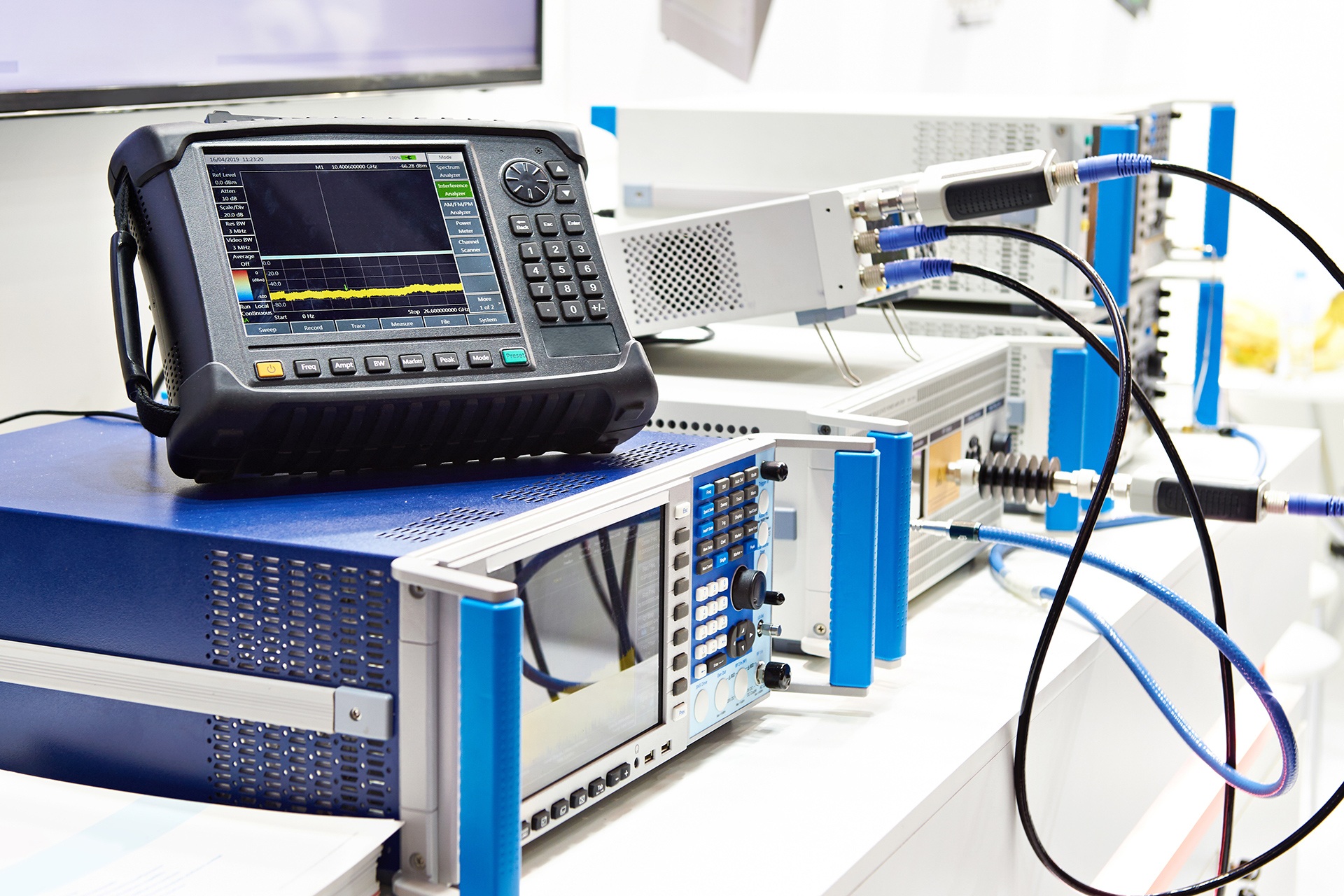You have actually most likely heard the terms calibration, verification, and change made use of reciprocally in your work environment, but they're really 3 distinctive procedures that serve different objectives in preserving measurement accuracy. If you're responsible for quality control or instrument management, blending these concepts might cause compliance problems, pricey errors, and undependable information. Recognizing when to make use of each process-- and why-- can change how your organization comes close to measurement honesty and governing compliance.What Is Calibration and Why Does It Matter?Precision drives every reliable measurement system, yet even the most sophisticated instruments drift from their desired precision with time. That's where calibration ends up being essential.You're basically comparing your test and measurement instruments versus known referral criteria to determine their precision. This process does not include making changes-- it's totally regarding recording how your equipment performs against established benchmarks.Calibration issues due to the fact that it makes certain measurement traceability to national standards, which is essential for maintaining quality in your procedures. When you collaborate with accredited calibration laboratories following ISO IEC requirements, you're developing self-confidence in your data.This paperwork comes to be crucial for governing compliance and quality control programs. Unlike confirmation or adjustment, calibration supplies the foundational knowledge regarding your instrument's present performance status.The Role of
Confirmation in Quality Control While calibration tells you how your instrument executes, verification confirms whether that performance fulfills your certain requirements.You'll make use of verification as a quality assurance checkpoint to ensure your instruments preserve appropriate precision levels between official calibration services. This process entails contrasting your instrument's measurements versus recognized criteria to verify it's still operating within your established tolerances.Unlike recognized calibration, verification does not call for substantial documentation

or certifications. You're just confirming your testing instruments have not wandered past acceptable limits.This structured process helps you catch measurement concerns early, stopping expensive quality issues downstream. By implementing normal confirmation schedules, you'll maintain confidence in mechanical calibration your measurement process while extending periods between formal calibrations.Verification works as your very first line of protection in keeping measurement integrity.When and Exactly how to Execute Instrument Adjustments When your verification results show dimensions dropping outside appropriate resistances, you'll require to carry out instrument modifications to recover accuracy.These modifications involve physical or digital modifications to your measuring equipment to bring analyses back within specifications.Before making adjustments, you'll wish to determine the source of discrepancies via systematic troubleshooting.Document all change treatments and confirm results immediately afterward.If your instruments need intricate changes past your capabilities, contact accredited instrument calibration services or calibration and repair services.Professional high quality calibration services offer ISO IEC accredited calibration with extensive customer services support.They'll perform exact adjustments using qualified reference criteria, guaranteeing your precision dimensions meet industry requirements.Key Distinctions In between These 3 Essential Procedures Although these three processes work together to guarantee measurement precision, calibration, confirmation, and adjustment
serve noticeably various objectives in your quality assurance system.Calibration services develop traceability by contrasting your measuring equipment
versus accredited reference requirements, commonly done by certified calibration laboratories following ISO 17025 requirements.Verification validates your laboratory instrument satisfies specified tolerances without making changes, basically checking if it's still within acceptable limits.Adjustment entails physically changing your equipment's settings to remedy discrepancies and restore accuracy.You'll require certified calibration for legal compliance and precision measurements, confirmation for regular quality checks, and adjustment just when dimensions drift past specifications.Quality calibration services handle the complicated traceability requirements, while you can often carry out confirmation and change in-house for your test and measurement activities.Best Practices for Implementation in Your Organization Because your organization's measurement accuracy depends on systematic implementation, you'll require to develop clear protocols that define when and exactly how to do calibration, verification, and adjustment activities.Start by partnering with approved calibration services that satisfy your industry's compliance needs. Develop recorded treatments specifying measurement periods, precision resistances, and decision requirements for each and every process.Train your group to identify
when verification validates acceptable performance versus when change comes to be essential. Carry out a durable metrology management system that tracks instrument backgrounds and schedules preventative maintenance.Establish clear functions and duties, guaranteeing staff comprehend these aren't interchangeable processes.Following these ideal practices
ensures your organization maintains measurement stability while maximizing expenses and lessening downtime with tactical application of all three crucial processes.Conclusion You'll certified plug gage calibration accomplish optimum instrument performance by executing calibration, confirmation, and modification as complementary procedures instead of standalone tasks. Do not treat them mutually-- each serves a distinctive objective in your quality management system. You're constructing measurement confidence via calibration's traceability, verification's validation, and modification's precision corrections. Begin documenting these procedures methodically, and you'll preserve regulatory compliance while protecting against costly quality issues that might influence your company's track record and bottom line.